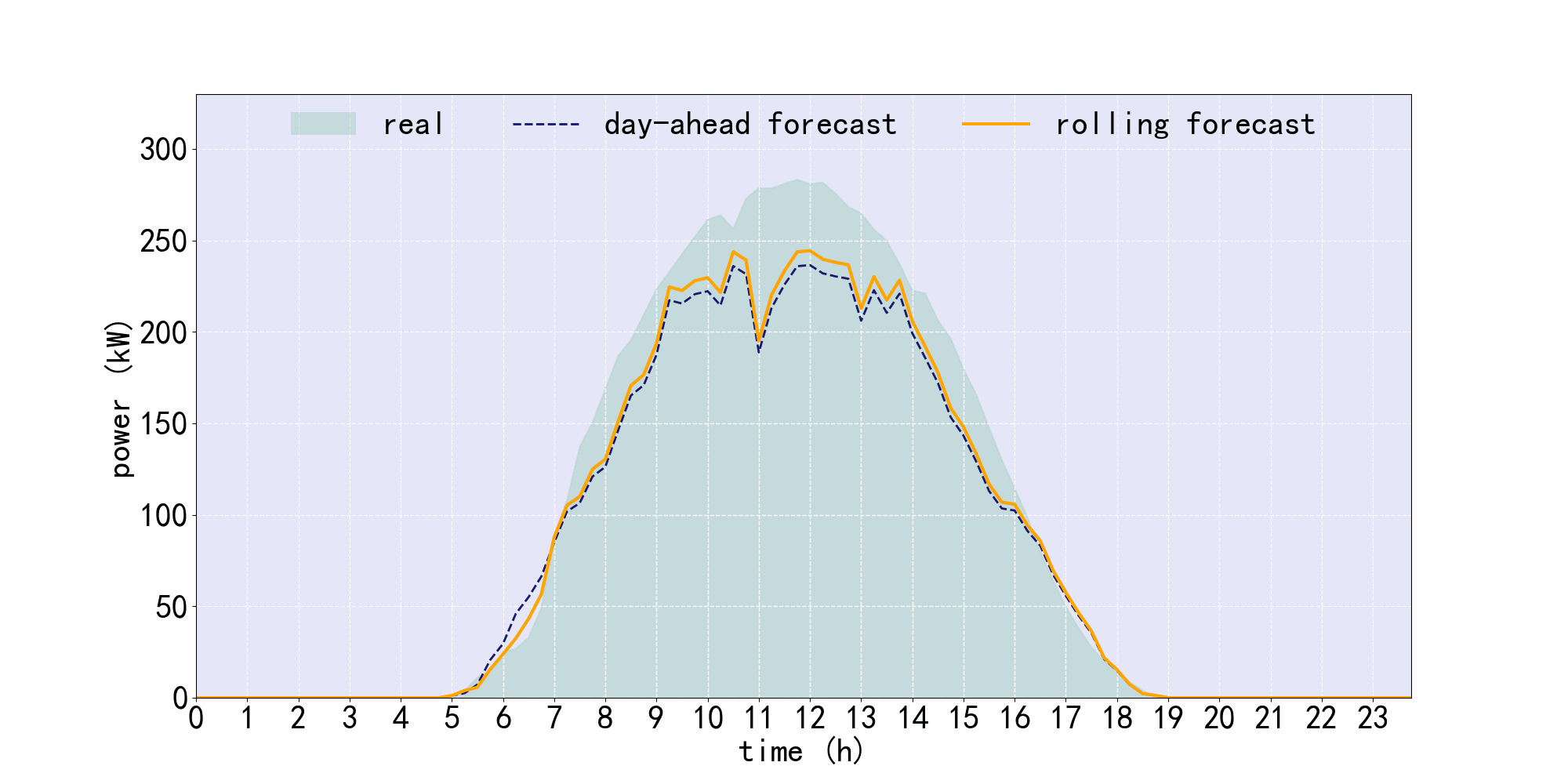
Exploring Microgrid Optimization Algorithms: Unlocking the New Code for Efficient Energy Utilization
2025-01-23 00:00
In the context of the global push for sustainable energy development, microgrids, as small-scale power systems that effectively integrate distributed energy, energy storage systems, and loads, are gradually becoming a key component in the energy field. Microgrid optimization algorithms, as the core technology of microgrids, formulate scientific energy dispatch strategies based on real-time energy supply and demand, electricity price fluctuations, and equipment operating conditions, achieving efficient energy utilization and cost control.
Recently, Sermatec has made a series of key technological breakthroughs in the development of microgrid optimization algorithms.
① Integration of Artificial Intelligence Technology for Advanced Load and PV Output Forecasting Systems, Achieving Accurate Energy Dispatch and Optimization Relying on high-precision, high-resolution numerical weather forecasting, Sermatec has developed a deep learning-driven intelligent forecasting model that integrates photovoltaic (PV) and microgrid load data, achieving precise generation and consumption predictions. Tailored rolling updates for the unique needs of different industrial parks provide accurate data support for microgrid management, promoting the efficient use of renewable energy and leading the intelligent upgrade of power systems.

Scroll Forecast Display Chart
② Precisely Adapting to Multiple Scenarios with a Progressive Two-Stage Optimization Model, Driving Dual Enhancements of Efficiency and Effectiveness Sermatec proposed a two-stage optimization framework to effectively address fluctuating electricity demands, solve the challenges of large power random loads, and improve power dispatch efficiency.
Stage One: Efficiently classify loads, precisely identify and separate typical load patterns, with economic efficiency as the core goal, using dynamic pricing strategies to intelligently adjust electric vehicle (EV) charging prices, and carefully plan the startup times of adjustable loads.
Stage Two: Integrate rolling PV and load forecasting data and use advanced algorithms to optimize energy storage power curves. In the dynamically changing microgrid environment with complex decision spaces, deep reinforcement learning is introduced to reduce computational costs; in simpler microgrid operating parameter scenarios with smaller problem scales, efficient in-house algorithms are used to precisely plan energy storage charge and discharge, improving microgrid energy management efficiency.
③ Comprehensively Enhancing Microgrid and Distribution Grid Coordination Control Capabilities, Establishing a New Benchmark for Intelligent Energy Management Sermatec can accurately analyze microgrid resources and assess regulatory potential in real time, assisting virtual power plant (VPP) decision-making. We are committed to enhancing the interaction and coordination between microgrids and distribution grids, optimizing energy flows through precise control and efficient dispatch, ensuring an immediate response to grid demands, and driving energy management towards intelligence.
The Sermatec Shanghai Jiading project has strongly validated the remarkable effectiveness of microgrid optimization algorithms.
In the forecasting phase, by deepening data processing through feature engineering and combining deep learning methods for optimization, we have improved the response to fluctuations in PV generation and load consumption, achieving a prediction accuracy of over 90%, providing precise support for factory energy management.
- Stage One Optimization Model breaks through the limitations of traditional load forecasting, finely classifies loads, and intelligently recognizes load patterns. Dynamic pricing for optimizing EV charging was innovatively adopted, guiding scientific charging behavior. For flexible loads, we intelligently adjusted the load plan, reducing electricity costs by about 10% and rationalizing electricity distribution.
- Stage Two Optimization Model uses intelligent algorithms to analyze PV, load, and energy storage data in real-time, dynamically adjusting power distribution and energy storage charge and discharge strategies. Compared to fixed strategies, 5%-10% of electricity costs were saved, significantly improving energy efficiency and helping the factory achieve both economic and environmental benefits.

The Income Comparison Diagram of the Park after Scheduling Optimization
Looking ahead, from a policy perspective, governments around the world are continuously increasing their support for renewable energy, with a series of encouraging policies being introduced. China has clearly proposed the grand goal of carbon peaking and carbon neutrality, which injects strong momentum into the development of microgrid systems. We will continue to focus on and explore the innovation and application of microgrid optimization algorithms and related technologies, and contribute to the efficient use of energy and the promotion of global sustainable energy development.



